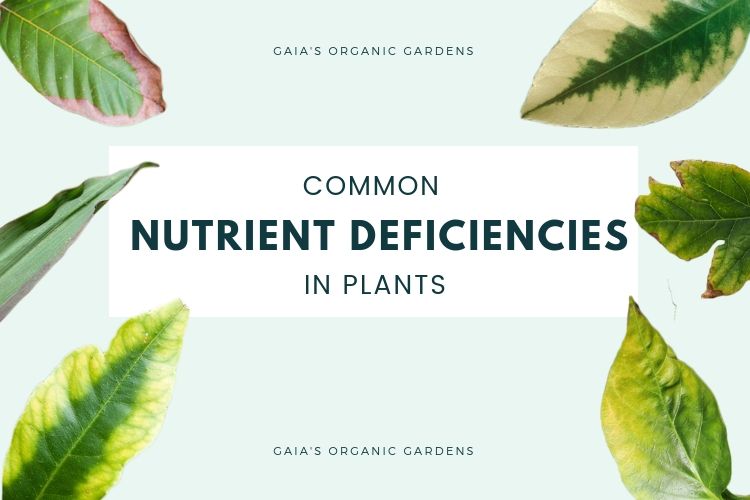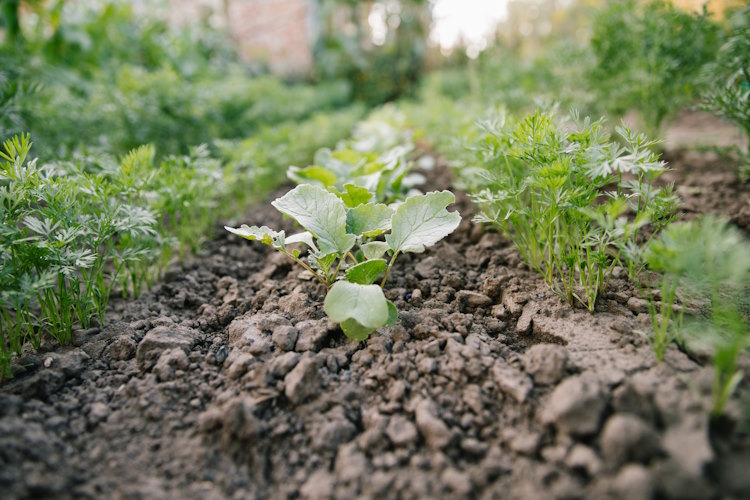You’ve watered the plants, made sure the soil is adequate, you’ve mulched and yet the plant is not thriving. Consider nutrient deficiencies to be the culprit – especially for fruits and vegetables, they are more susceptible to nutrient deficiencies. Plants will thrive given the proper nutrients such as potassium, phosphorus, sulfur, nitrogen, calcium and magnesium. It is helpful to know the signs if the plant is nutrient deficient so that you can address it right away.
Before you shower plant with all the nutrients make sure that your soil PH should be neutral and not too acidic and not too alkaline. Downlaoad our guide to proper soil PH levels.
Now let’s take a look at some of the symptoms and solutions to this problem:
- Potassium (K) Deficiency
Symptoms: Brown scorching and curling of leaf tips as well as yellow leaf veins.
Solution: Banana peels: bury the peels an inch into your soil. Adequate moisture is key for effective potassium uptake.
- Phosphorus (P) Deficiency
Symptoms: Edges of the leaf turns dark and stem turns into reddish or purplish color.
Solution: Add bone meal or manure to soil. You can also use the water from your fish tank if you have one – just make sure it is not from salt water tank.
- Nitrogen (N) Deficiency
Symptoms: Leaves turn completely yellow and stunted growth.
Solution: Add coffee grounds to soil. You can also add manure or plant nitrogen fixing plants such as peas or beans.
- Magnesium (Mg) Deficiency
Symptoms: Yellowing between the leaf veins and around the leaf margins.
Solution: Add Epsom salt on top of the soil (before watering) You can also use a magnesium leaf spray with Epsom salts on potatoes for a quick, temporary solution if the weather is hot and dry.
- Calcium (Ca) Deficiency
Symptoms: Curling of the leaves, weak or dying stems, fruit is afflicted with blossom end rot.
Solution: Add crushed egg shells into the soil.
Once you’ve nursed your plant back to health, keep them thriving by amending your soil every year with fresh organic matter and test your soil from time to time to fix the imbalances before it is too late.





